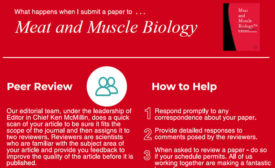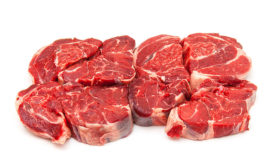Home » American Meat Science Association (AMSA)
Articles Tagged with ''American Meat Science Association (AMSA)''
Meat Science Review
Advanced heifer carcass maturity and beef palatability
November 15, 2017
Meat Science Review
Can Asian-inspired fab specs create revenue for U.S. pork?
Comparing the yield and revenue-generation possibilities of domestic and alternative fabrication specifications on pork carcasses.
October 6, 2017
Stay ahead of the curve. Unlock a dose of cutting-edge insights.
Receive our premium content directly to your inbox.
SIGN-UP TODAYCopyright ©2025. All Rights Reserved BNP Media.
Design, CMS, Hosting & Web Development :: ePublishing





